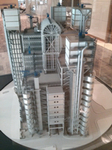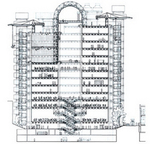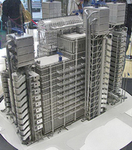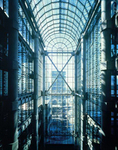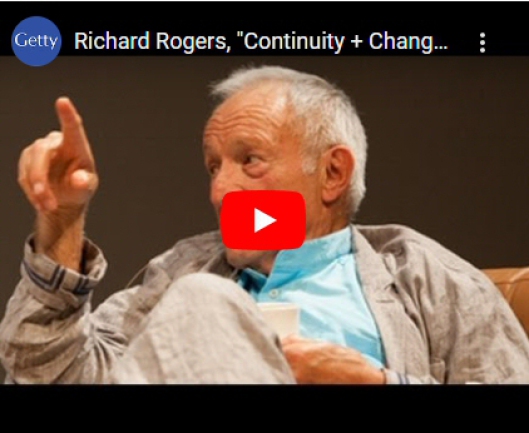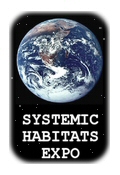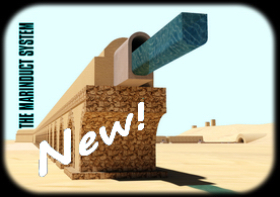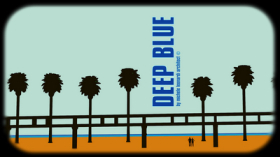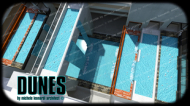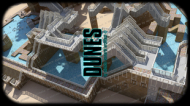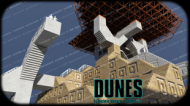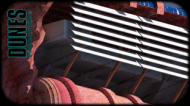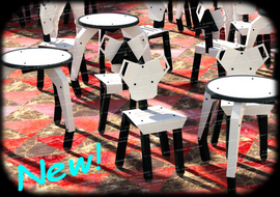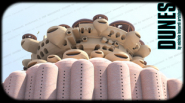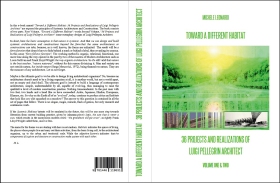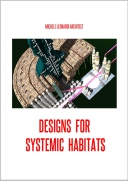The Lloyd's
of London
Building
by Richard Rogers architect ©
website: rshp.com
BUILT BETWEEN
1978 and 1986, the Headquarters of Lloyd's in London, designed by the British architect Richard Rogers, it is also a concrete example of Plug In City, the vision of future by Archigram, the avant-garde architectural group formed in the sixties of the twentieth century.
IT'S AT THE
SAME TIME
an example of systemic and organic architecture, the possibility of a contemporary language in architecture. It is the example of how one plus one can be different by two, that is, a result greater than two: 3, 4, 7, etc.
In Lloyd's building everything is systemic: the constructive structural system, the prefabricated modular system of accessory services, the large space inside that resulting between the towers, the existence of a "under" and an "above", the possibility to cross the space at the ground level, the possibility of its future expansion in height. In other words, in Lloyd's Building the space for the people is systemic. What is most interesting in this architecture is the space for human activities, not just the prefabrication of construction system.
This architecture of Richard Rogers is not only a vision of future, but lives in the present, and it is an habitat that contains also an historical memory of the past: the memory of Crystal Palace by Joseph Paxton, the memory of Larkin Administration Building by Frank Lloyd Wright.
photos by M.L.
STILL TODAY
and at the time of its construction this building was classified as an "high-tech architecture", nothing more. From the late 70s onward the collective architectural research is dead, and for decades we were lost in formalisms: post-modern, deconstructionism, architecture generated from the chaos. You press a computer button and a special software produces any form suitable for any purpose, as if the architecture is a sculpture. Not even a sculpture is a similar void of ideas.
In conclusion. For those who do not believe that the universe and life are ruled by the chaos, for those who believe that the spirit exists in us and in all that is life, we have to start again from this fixed point: the possibility of a contemporary language of architecture and constructions, for persons, not for machines.
Paradoxically, this architecture of Richard Rogers has nothing to do with the times and modes of the machines, despite its outward high-tech appearance. The Lloyd's Building is not the usual box for put inside objects and persons like objects.
M.L.
photos by M.L.
Richard Rogers on his radical
Lloyd's building in London:
Richard Rogers, "Continuity + Change:
The Language of Architecture".


